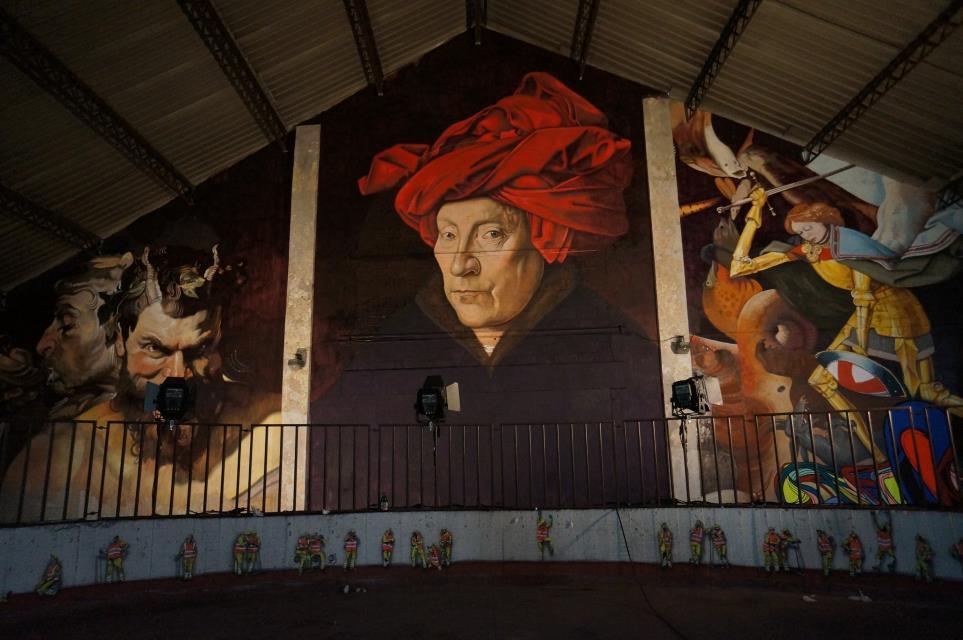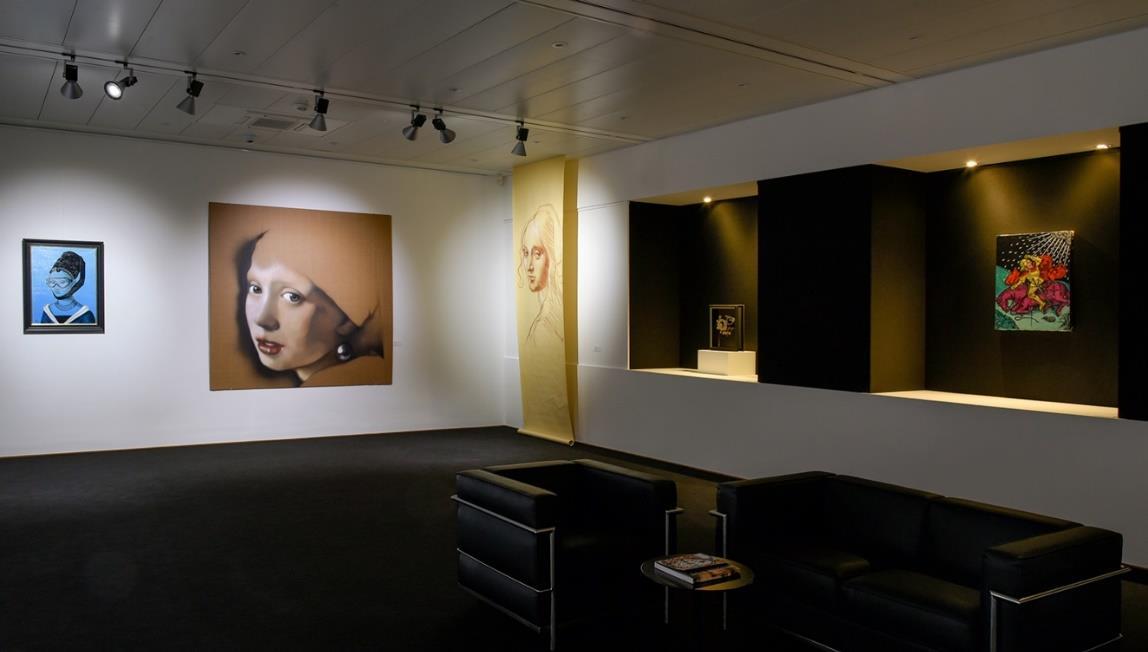artworks, artists and exclusive offers. Sign up now
[NEWS] Amazing Perspective of Street Art From The Swiss Gallery Artrust
APRIL 7, 2020
By Ungyu Yeo

Photograph: Artrust
Today Street Art is everywhere. Everybody talks about it; everybody wants it, everybody appreciates it. Exhibitions, documentaries, festivals and debates are dedicated to Street Art. The works of the most famous street artists are sold at auctions at considerable prices.
Street Art has become part of the conventional art world, not only in the awareness of the practitioner but also in the recognition and attention of critics, galleries and museums. Moreover, it has become a phenomenon, which involves the masses and we find it in so many aspects of our daily lives: in fashion, in clothing, in music, even in video games. Yet at its beginnings, Street Art was considered - at best - only a phenomenon of urban degradation, and more often a vile illegal and vandalous act.
Its origins date back to the American Graffiti of the Seventies (although we could look for far back roots, reaching up to prehistoric graffiti). The place where it all starts was New York, with its subway lines: it’s here since 1969, hundreds of young Afro-American and Puerto Rican of Bronx begin to fill the wagons and stations with their signatures (tags) cluttering every space, every available surface. For these young people who are relegated to the margins of the city and the society, leaving their signature in a public space visible to everyone is a way of claiming their identity, shouting their existence. It is an act of rebellion that only in the following years, with the emergence of different techniques and styles, begins to assume the appearance of an artistic act and attract the attention of the people in the concerned field. The passage of the street art from the metro wagons to the canvas, with the entrance to the art galleries, has evolved quite swiftly.

Photograph: Artrust
An evolution that revolves around some key characters such as Jean-Michel Basquiat and Keith Haring: very different characters but united by a similar path, by starting as a writer, each has gained rapid success in the world of conventional art. Thanks to Haring, today’s Street Art has shifted to a fully and conscientiously artistic graffiti. Basquiat, on the other hand, deserved to be remembered as he brought the spirit of the street to the canvas, disconnecting graffiti from its purely urban habitat to the art galleries.
In the wake of their success, many other artists came out of anonymity and affirmed their presence on the international art scene, bringing styles, techniques, artistic modality and expressing new personal ways. From the graffiti, there arises an artistic movement that originated, moved from and grown out of entirely different assumptions and cultural references: The Street Art.

Photograph: Artrust
Even from the point of view of different techniques, the separation is increasingly clear. If the spray cans represent the unique instrument of the writer, for the street artist, it is just one of the many possibilities available: brushes, rolls, stickers, stencils, posters, mosaics, various installations and many other tools for urban intervention, where originality is the very origin of the work of art.
The popularity that Street Art has been recorded since the early 2000s, thanks to the success of some artists, who have marked as a watershed its evolution. Bansky, of course, is one of those who - with his discerning and innovative language - has brought Street Art to a new artistic level, communicative and even indirectly commercial. We can safely talk about a first and a later Bansky in the history of this artistic movement. From the ghettos, today Street Art has not only emancipated itself from its roughest context but has become a costume phenomenon that involves all layers of the population. In doing so, it had to open up and confront even with dimensions that go beyond the walls and the urban surfaces that have been its means of diffusion. Street Art today is made up of festivals, exhibitions, museums and galleries, and especially videos and photos that document and disseminate works on the web and social networks, creating attention, fame, consensus.

Photograph: Artrust
Today Street Art has taken many directions. Also the Swiss Gallery Artrust is focusing on a group of artists who took inspiration from the classical art: among them Andrea Ravo Mattoni, Ozmo, Madame, Blub, Zevs and many others.
As accurately recounted in the book "Sous le Street Art, le Louvre" by Cyrille Gouyette, art historian and Chargé de Mission of the Musée du Louvre, today Street Art takes part of the Louvre collections and the main museums of the world and often reflects on the problems of our present: gender issues, ecological emergency, art, culture and consumption, omnipotence of the image... sometimes classical art is even an excuse for playful winks, and support for political requests, or even material for iconoclastic projects. The artists of this "classic" strand of Street Art, each with its own peculiarities, use yesterday's references to open our eyes to today's reality.

| Prev | [SHOWS] Flora Yukhnovich: The Venice Paintings @ Victoria Miro, Venice |
|---|---|
| Next | [SHOWS] THE SOVEREIGN CITIZENS SESQUICENTENNIAL CIVIL WAR CELEBRATION @ Sprüth Magers, Berlin |
| List |